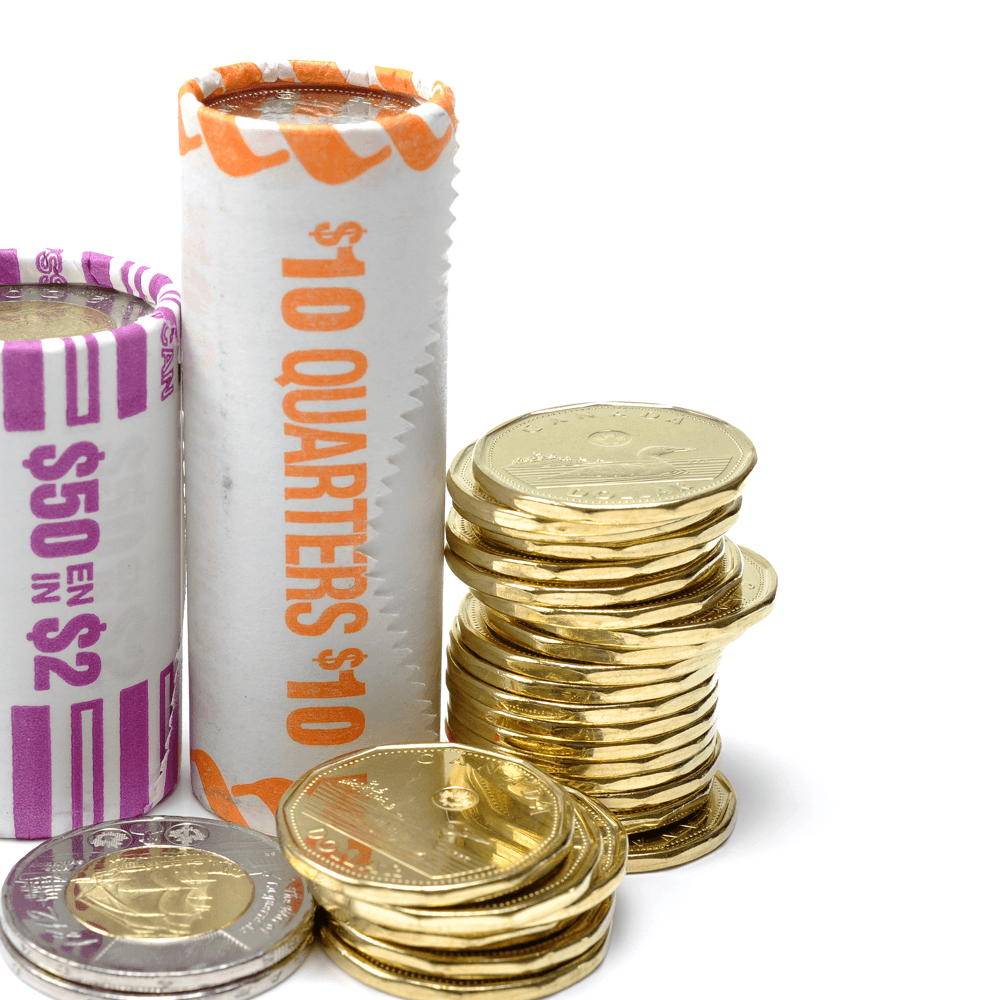 Everyone enjoys watching their bank account balance increase on payday. But if you’re not investing your money, you’re missing out on opportunities to see this happen without the labour part. Investing your money allows you to build your wealth, with the potential to earn high rates of return. To minimize the potential of loss, you want to invest wisely.
Everyone enjoys watching their bank account balance increase on payday. But if you’re not investing your money, you’re missing out on opportunities to see this happen without the labour part. Investing your money allows you to build your wealth, with the potential to earn high rates of return. To minimize the potential of loss, you want to invest wisely.
Naturally, your first step should be to research and understand as much as you can about your investment options. Read on to learn about some different ways you can invest your money, and what each can offer.
{{cta(‘fb06bad4-e091-48e9-99bf-ad1c0b8ef844’)}}
RRSP
A Registered Retirement Savings Plan (RRSP) is exactly as it sounds: an account registered with the federal government you use to save for retirement. You may invest either 18% of your income earned in the previous year, or the maximum contribution amount for that tax year (2016 was $25,370) – whichever is lower.
Your contributions to this account are tax deductible, benefiting you both immediately and in the future. Immediately, you will gain tax relief when you deduct your RRSP contributions from your annual income. In the future, you will see your savings grow faster because your RRSP investments are not taxed. You’ll only pay taxes when you withdraw from your account, but if you wait until retirement, tax rates may be lower than they were during your contributing years.
 TFSA
TFSA
If you’re 18 years of age or older, with a valid social insurance number, you’re eligible to open a Tax-Free Savings Account (TFSA). A TFSA allows you to contribute money and earn interest in the account, completely tax-free. The funds remain tax-free even when withdrawn or transferred. You may only be subject to taxing as a penalty for over-contributing. Each year, there’s a set contribution limit for TFSAs; in 2017, the limit is $5,500.
TFSA contributions are not tax-deductible, but with the money you put in your TFSA, you can choose from a variety of investment options for wealth-building. As a high-interest savings account, your contributions will grow in interest earnings, but a TFSA is not “just a savings account”. You can also hold other investments in your TFSA – such as GICs, mutual funds, and stocks and bonds – for tax-free growth.
GICs
If you’re looking for a low-risk investment option, a Guaranteed Investment Certificate (GIC) is generally a safe bet. A GIC is a type of deposit that you make to a bank or financial institution, which is kept for a set term. Typically, the minimum you can invest is $500 and a set term may range anywhere from 30 days to five years. There are different types of GICs, some are flexible about withdrawals but some don’t allow you to withdraw your funds until the term has ended.
A GIC is considered a safe way to invest because your money is protected and you are guaranteed to get the amount you deposited back after the term. You will also earn interest; generally the longer the term, the higher the interest rate. This makes it a great option for those who don’t need the invested money right away.
Stocks
When you invest in stocks, you’re “purchasing” a small part of a company. This makes you a shareholder, meaning you own a percentage of all of the company’s profits and assets. You can buy stocks at varying prices determined by a company’s expected earnings. There’s a lot of growth potential with stock investments, but it’s important to understand the changes in the business cycle.
 This type of investment comes with higher risks. Stock prices often rise and fall with the market and a company’s earnings. In turn, the value of your investment will also rise and fall. If a company does poorly, the stocks you have purchased decrease in value. This means you could lose part or possibly all of your stock investments.
This type of investment comes with higher risks. Stock prices often rise and fall with the market and a company’s earnings. In turn, the value of your investment will also rise and fall. If a company does poorly, the stocks you have purchased decrease in value. This means you could lose part or possibly all of your stock investments.
The advantage of buying stocks is the potential for growth over a period of time. You may hold stocks and sell them when stock prices are high to get a big return on investment. Some companies may pay their shareholders in dividends, which is a sum of money usually paid out quarterly. Either way, you are entitled to a share of the company’s earnings, and the more stocks you buy, the bigger your share.
Bonds
Bonds can be compared to an “IOU”. You may lend a friend money and they will respond with an “I owe you”. Sometimes, companies and governments need to borrow money too and they do so by selling bonds to a public market. Investors are able to purchase bonds from an organization for a portion of the total funds needed. If you invest in bonds, you’re simply lending your money to an organization.
Of course, you wouldn’t lend your hard-earned money for nothing! You benefit by receiving interest payments of a determined rate at scheduled times. The bond will also have a “maturity date” which is the date the organization will be required to repay the amount borrowed. This makes investing in bonds less of a risk than investing in stocks, but the return on investment is often lower.
Mutual Funds
Finally, another tactic to earn a high return on investments is to “pool” money together. You may be able to purchase a few stocks and bonds on your own, but what if you had more money to work with? A mutual fund makes this possible; it’s a collection of stocks, bonds, and other securities owned by a group of investors. As part of this group, your money is pooled with money contributed by other like-minded investors.
This is an advantage because it allows you to own shares in more investments. The biggest advantage, though, is a professional investment company will manage and monitor all the investments in a mutual fund. Mutual funds offer a lot of simplicity and increase your purchasing power of stocks, bonds, and other assets.
These are just some of the investment options available to you. Saving money is great, but investing your money can allow you to grow it. Still, investing money does come with some risks so it’s important to organize your finances well and fully understand the details of your investments. It may take some time, but returns on investments can help build your wealth and your future.
Photo Credits: growing money, piggy bank, loonies and toonies
